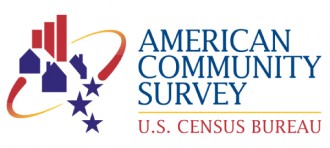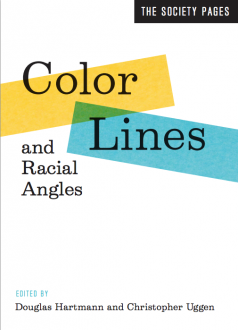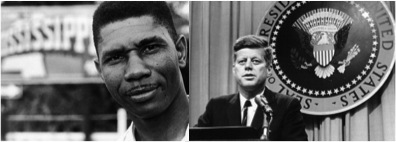Since sociology and sports are two of my greatest passions, it should come as no surprise that an article in the current issue of Time magazine that had the words “quarterback sociology” in the title caught my eye.
The article was about Colin Kaepernick of the San Francisco 49er’s. Kaepernick, for those who don’t know, burst onto the NFL scene last fall when came off the bench as a rookie to lead the Bay area team on a surprising playoff run. With his swashbuckling style of play, a provocative personal backstory (Kaepernick is a mixed race adoptee, raised in a white family), and a unique new-millenium look, Kaepernick has quickly become one of the league’s most popular players–as evidenced by the fact that his is already the best selling jersey in the league.
I usually don’t find such profiles particularly interesting or revealing since they are often more an exercise in image making and celebrity gossip than anything else. But this one is worth a read. In a wide-ranging, stimulating interview Kaepernick talks confidently about race, athletic stereotypes, adoption, and body art. For example, Kaepernick suggests that those who describe him as a freak athlete may be subtly diminishing his work ethic and intelligence as has happened to so many African American athletes–and especially quarterbacks (remember Rush Limbaugh’s criticisms of Donovan McNabb?)–before him . Challenging those who have criticized his body art as self-indulgent or disrespectful, Kaepernick describes tattoos as a way of expressing oneself in a profoundly American individualist fashion. He also speaks at length about the experience of adoption into a white family, his relationship with his birth mother, and the complexities of his own mixed-race identity and experience.
Athletes are often far more interesting and insightful than we give them credit for or allow them to be. And if we are willing to get past our outdated dumb-jock stereotypes, we’d also realize that they’ve got things to say about society as well as sports. Kaepernick, after all, is not just not talking about the sociology of quarterbacks; he is a quarterback talking sociology.

 Under the title “
Under the title “



